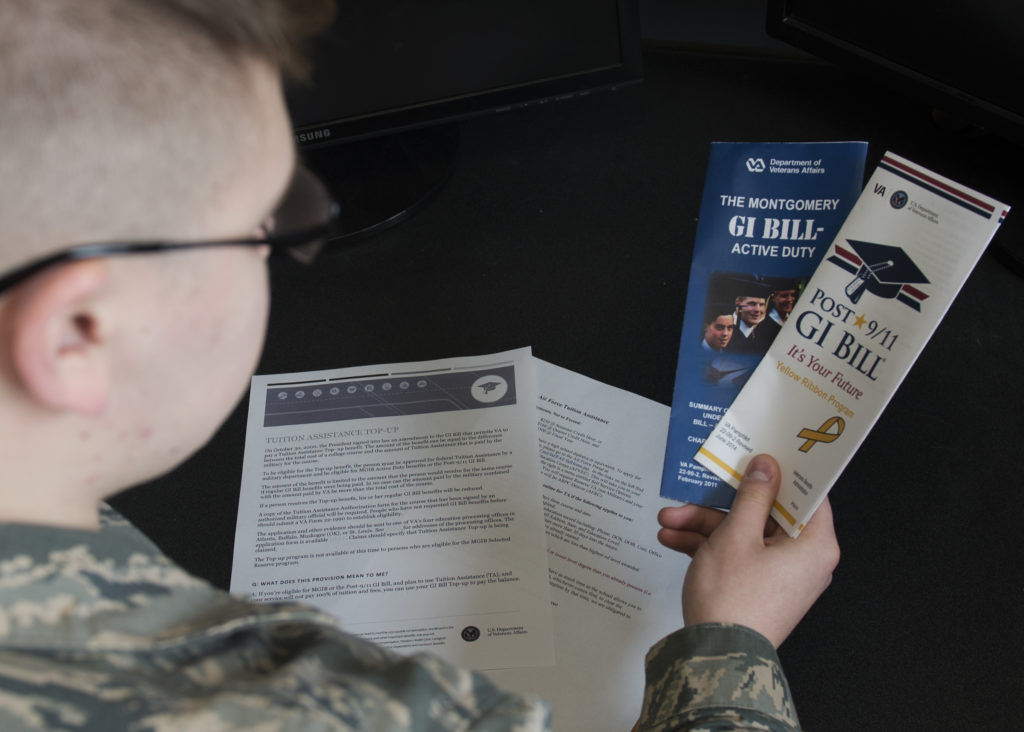
From GI Bill to Post-9/11: The Ultimate Overview
Find out everything you need to know about the Post-9/11 GI Bill, including the many different uses for the Post-9/11 GI Bill.
We use third-party cookies that help us analyze how you use this website, store your preferences, and provide the content and advertisements that are relevant to you. However, you can opt out of these cookies by checking "Do Not Sell or Share My Personal Information" and clicking the "Save My Preferences" button. Once you opt out, you can opt in again at any time by unchecking "Do Not Sell or Share My Personal Information" and clicking the "Save My Preferences" button.

Find out everything you need to know about the Post-9/11 GI Bill, including the many different uses for the Post-9/11 GI Bill.

This is a step-by-step guide to filling out VA Form 22-5490, Dependents’ Application for VA Education Benefits. This is the form required for both dependents and spouses to apply for Chapter 35 Survivors’ and Dependents’ Education Assistance (DEA) or the Chapter 33 Fry Scholarship. Dependents’ Application for VA Education Benefits Step-By-Step Guide (VA Form 22-5490)…

This guide features step-by-step instructions to fill out the application form and submit it to the VA in order to claim transferred Post 9/11 GI Bill benefits for qualifying military spouses and dependents.

Transferring your GI Bill may be one of the most popular military benefits. Here’s how to transfer your Post-9/11 GI Bill benefits to a spouse or dependent.

A Pell Grant can help lower college costs, but not everyone qualifies. However, the Iraq and Afghanistan Service Grant may be able to help. Learn more.
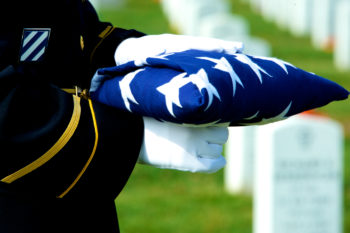
Learn more about the VA’s Chapter 35 Education Benefits for Survivors and Dependents of our nation’s military service members.

A new law grants in-state tuition to Survivors and Dependents using Chapter 35 benefits from the Department of Veterans Affairs.

The Army ROTC Scholarship program offers full tuition at over 1,100 colleges across the country. Find the full list, requirements and other info.
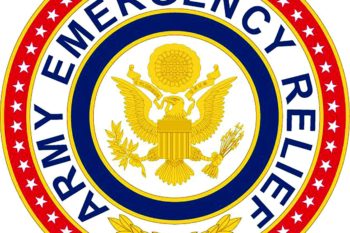
Scholarship available to children of Soldiers through the Army Emergency Relief (AER) foundation to fund the first undergraduate degree.

Check out these scholarship opportunities for Marines. Discover many scholarship options for Marines, their children, and their spouses.

Going to college during Covid-19 is a unique experience for both student and parent. Learn what to consider about going to college during these unprecedented times.

College and Career Prep Programs for Military-Connected High Schoolers The whirlwinds of military life and PCSs can make time seem to move fast. This can feel especially true for active-duty families with dependents on their way to high school or college. Understanding the resources available can help with making decisions as to which school will…
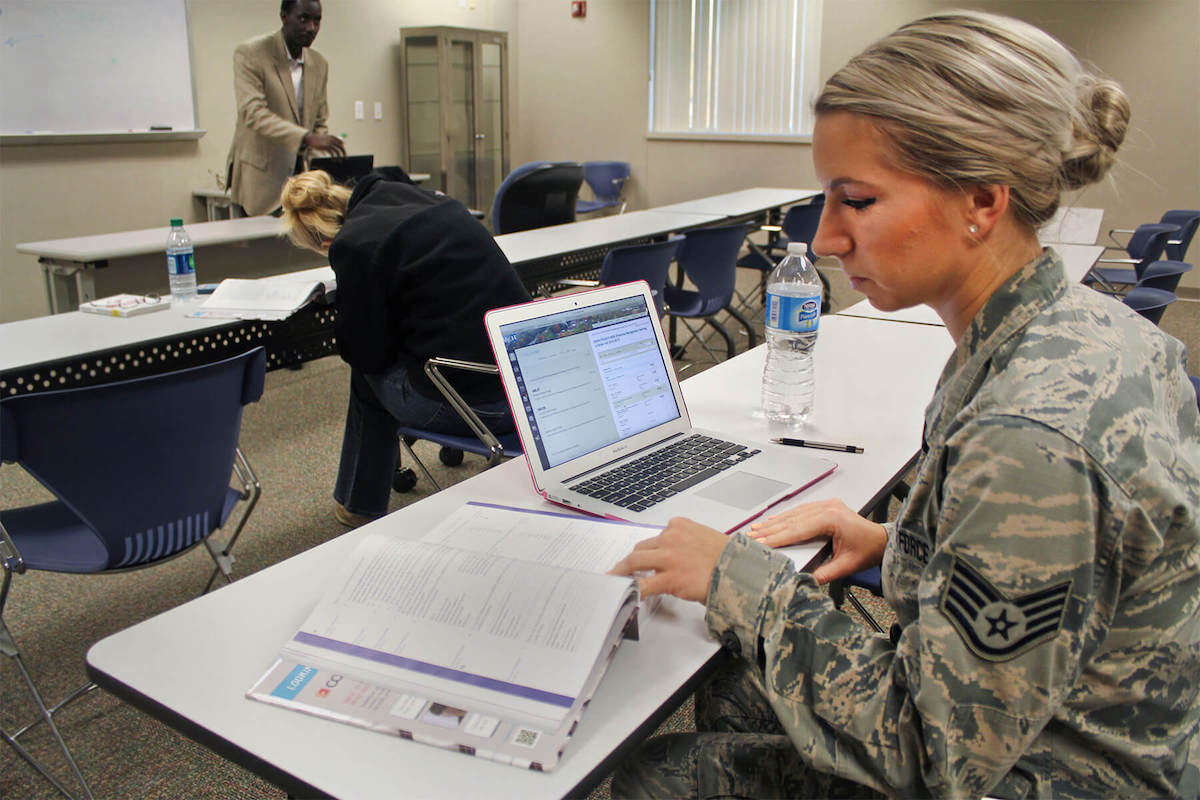
Find states that offer in-state tuition for non-resident veterans beyond the 3-year discharge cap. The Choice Act requires states to offer in-state tuition to non-resident veterans for 3-years after leaving the military. However, 27 states have passed laws that make veteran students eligible for in-state tuition beyond the Choice Act’s limit. With this change there is now a confusing and inconsistent patchwork of laws across the country.
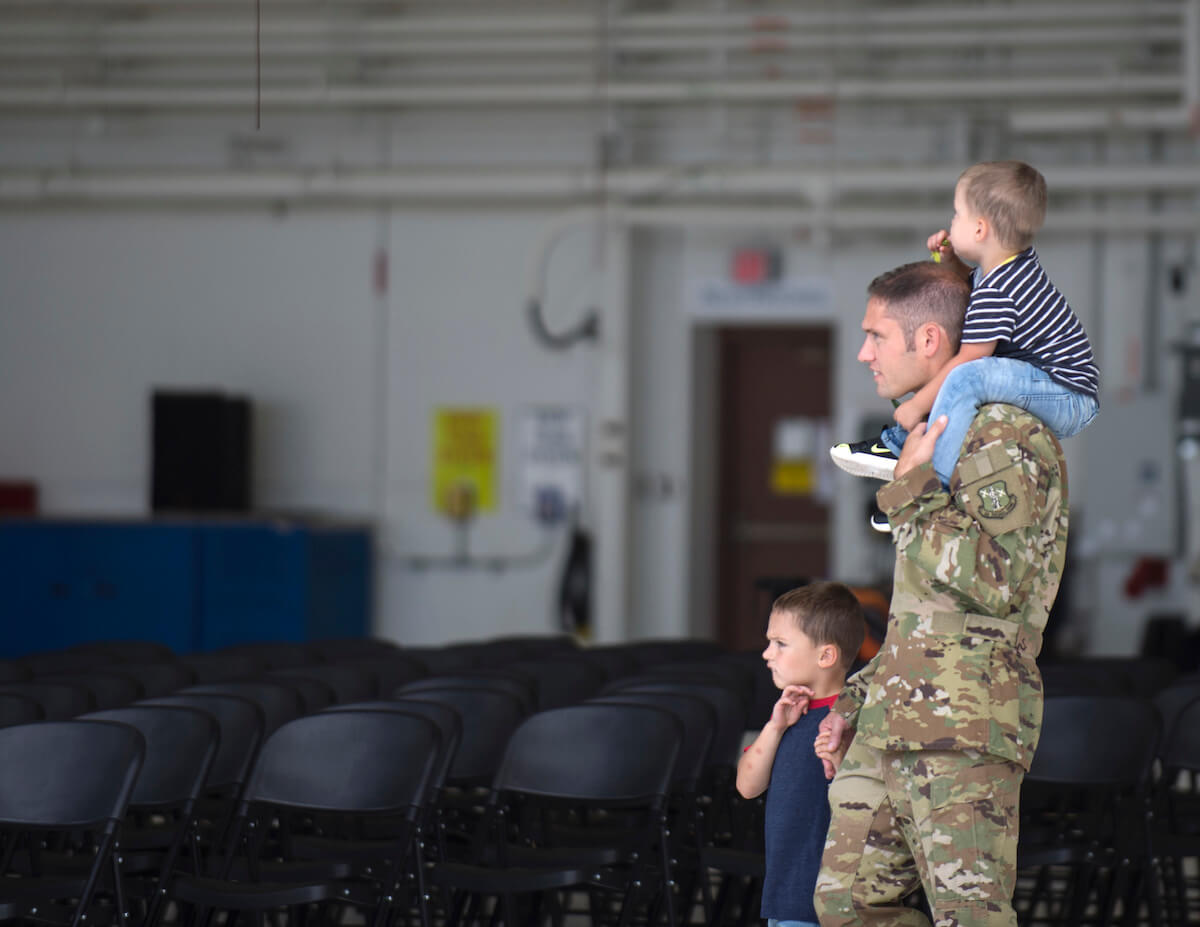
Transferring GI Bill to Dependent Perhaps you are an Airman whose wife wants to go back to school and get her Master’s degree. Maybe you are a senior in high school contemplating a four-year university whose mom is a Marine. Regardless of the type of higher or supplemental education being sought, finding ways to finance…

If one of your parents has served in the military and can receive Post-9/11 GI Bill benefits, they might be able to transfer those benefits to you. That way, you can pay for college to get the education you want. However, sometimes things can go wrong. Here’s one person’s GI Bill horror story.

Did you know that by the time most military children complete secondary school, they will have switched schools between six to nine times? According to the DoDEA, this is true, and it is three times more frequently than non-military families. You can probably relate to this with your own military children. This Education Savings Act…

If you are disabled or have a child with a disability, there are a variety of scholarships you can apply for when it comes time to go to college.

Did you know that there is a student travel benefit for your college-age son or daughter? Did you know that if you and your child qualify, the government will pay for your child dependent’s round-trip airfare? Find out everything you need to know about the military dependent travel benefit.

Military children are eligible for in-state college tuition under different circumstances than their civilian counterparts. Read more.

They have had to say goodbye to mom or dad more times than anyone else, they have lived in more places before age ten than most people do in a lifetime, and as they grow up, they too want to further their education and go to college. Luckily, there are quite a few scholarships for military and veteran dependent children wanting to go to college.

One part of raising children is wondering about how you will pay for college when the day comes. As a military service member, you probably wonder how your service can help. Or, as a veteran, you might be curious about your state and if they offer any tuition waivers for veterans. The good news is, certain states do provide tuition waivers to veterans and sometimes their dependents.

With back-to-school season approaching, parents are looking for deals when getting ready for the new school year. Here is a list of the best back-to-school discounts for military families. >> For more great military and veteran discounts, direct to your inbox, and sign up for the Military and Veteran Discounts Newsletter! It’s free from MyMilitaryBenefits.…

Are you looking for money for college? Then this list of veteran and military scholarships is for you! Find scholarships for active duty military, veterans, spouses, dependents and also by degree program!
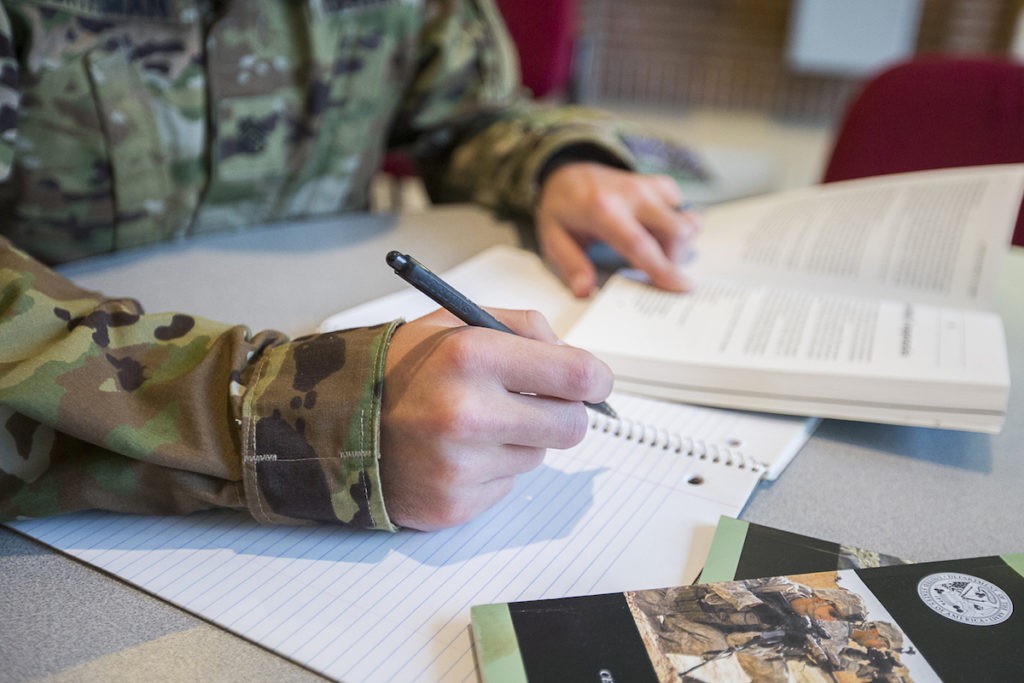
If you as a service member can receive the Post 9/11 GI Bill, you might be able to transfer all or part of the bill to your spouse or your children, or both. In July, the DOD announced that there would be changes with who can transfer their Post 9/11 GI Bill. Here is what you…

Here are some scholarships for Gold Star Families to assist surviving spouses and dependent children with their educational goals.